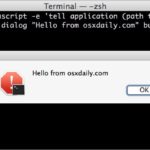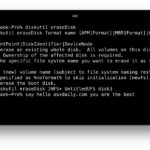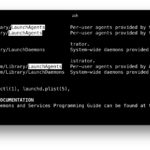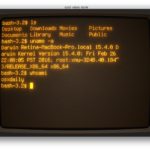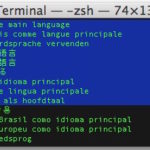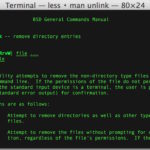How to cURL POST from the Command Line

Curl is the powerful command line utility that allows you to transfer data to or from a server or URL. One common function used by developers is to make a POST request with curl, which is what we’re going to cover here.



